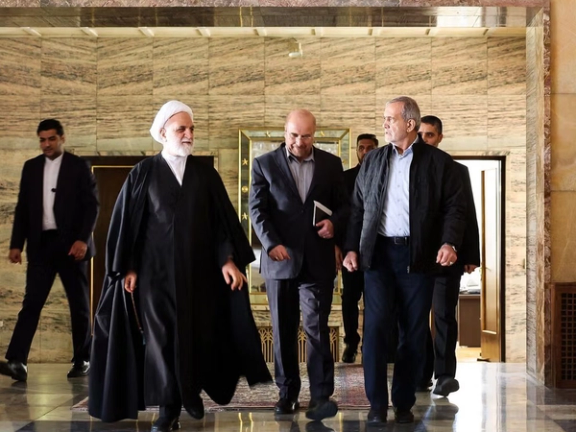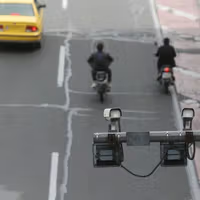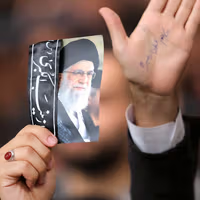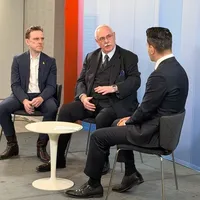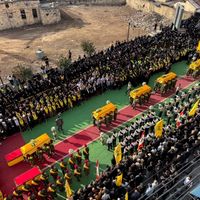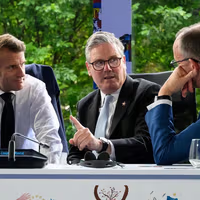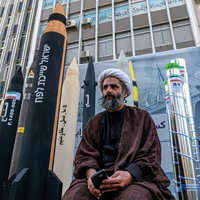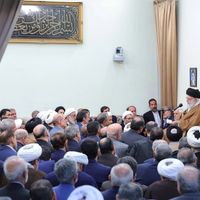The Defense Council will focus on “defense strategies and strengthening the operational readiness of Iran’s military forces,” IRNA's report said citing SNSC's secretariat.
The secretariat said the Defense Council has been formed within the framework of Article 176 of the Constitution of the Islamic Republic, which allows the SNSC to establish “subsidiary councils such as the Defense Council and the National Security Council” in accordance with its responsibilities.
President Masoud Pezeshkian will chair the council, which will include the heads of the executive, legislative, and judiciary branches, as well as top military commanders and key cabinet ministers, the report added.
The Council already existed in the Islamic Republic's Constitution and is now being revived decades after it was active during the early years of the Iran-Iraq war in the 1980s, Mansour Haghighatpour, a politician close to Ali Khamenei's advisor Ali Larijani, told Eghtesad News on Saturday.
The Defense Council played a key role in Iran's military decisions during the 1980s.
Fars News, an outlet linked to the Revolutionary Guards, said Friday the Defense Council is part of a wider reconfiguration of Iran’s security apparatus.
Tasnim News, which is also close to the Islamic Revolutionary Guards Corps, said the body is intended to oversee national defense policies and streamline military decision-making.
"The Council's objectives appear to be supporting the comprehensive strengthening of the country’s defense capabilities, as well as accelerating and improving the efficiency of decision-making in the defense sector," the Tasnim report said.
The revival of the Defense Council is a positive development, Haghighatpour said on Saturday, adding that it would transform the General Staff of the Armed Forces into a coordinating body rather than a commanding one.
“If we face serious conflict and our forces are to enter the field—considering that the army and the Guards constitute a combined force, with two air forces, two ground forces, and two navies—all engaging together requires a central command,” he added.
“Command must have a designated deputy, ensuring we are not caught off guard at critical moments.”
The Tasnim report said that “given the new security challenges and the complexity of regional and global threats, the revival of the Defense Council could lead to greater agility and focus in the country’s defense decision-making.”
Iran International's senior analyst Morad Vaisi believes the formation of the Defense Council is not meant to defend the people or the country but "to defend the Islamic Republic and prevent its collapse.”
“The surprise in the 12-day war has shaken Khamenei’s confidence in the military commanders, and he is now seeking to build more institutions above the IRGC, army, and the General Staff of the Armed Forces," Vaisi said.
During the conflict with Iran in June, Israel's air force took control of Iranian airspace, delivering a significant blow to the country's air defenses, while Iran's armed forces responded with successive waves of missile and drone attacks on Israeli territory.
Israeli military officials say that 120 air defense systems were destroyed or disabled since the first wave of attacks—around a third of Iran’s pre-war total. Long-range systems, including Russian-supplied S-300s and Iran’s Bavar-373 batteries, were among those targeted.
